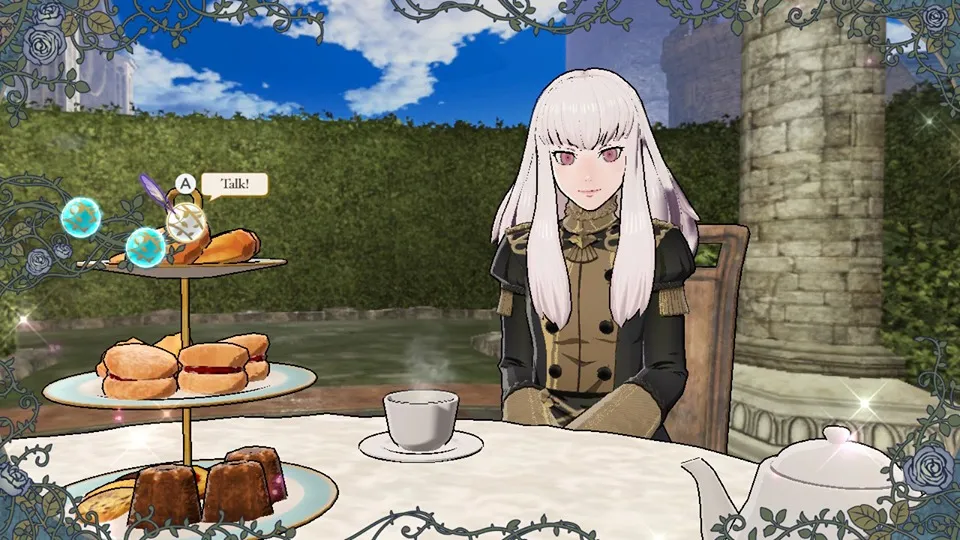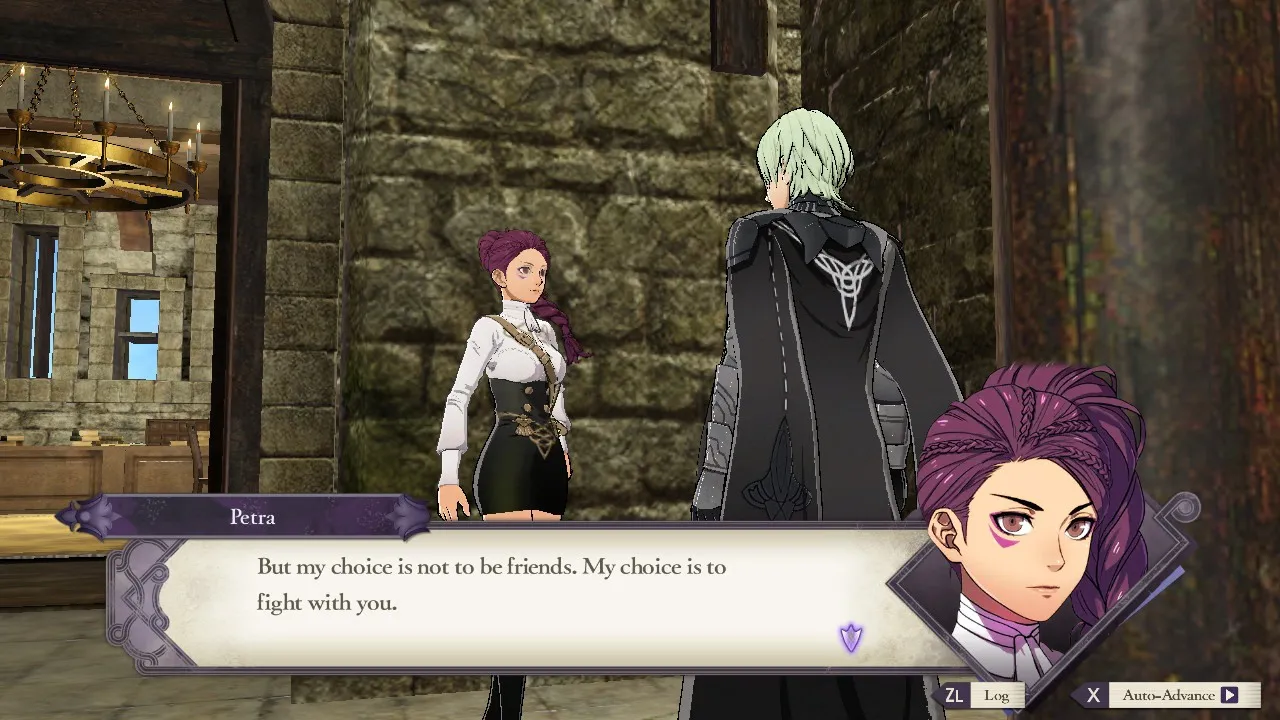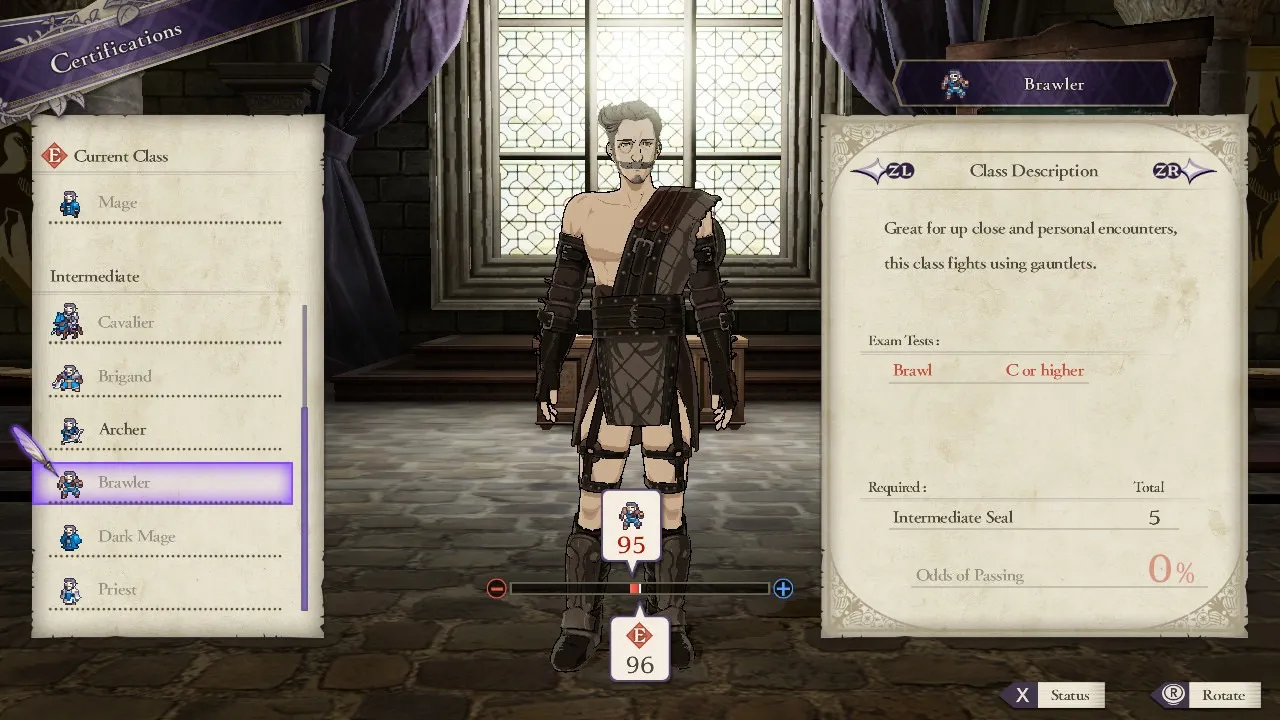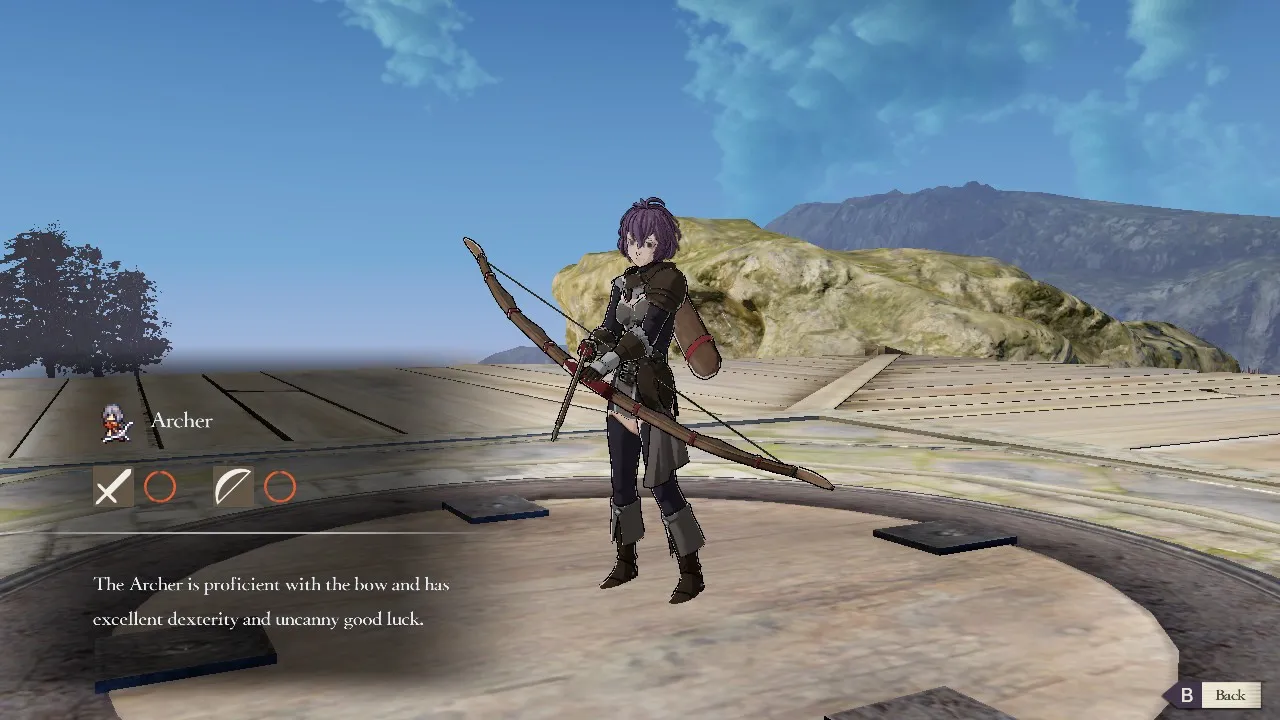
Fire Emblem: Three Houses Review: A New Era of Tactical RPGs
Contents
Fire Emblem, a beloved tactical RPG franchise, has consistently captivated players for decades. The sixteenth installment, Fire Emblem: Three Houses, plunges players into the war-torn land of Fódlan, a continent rife with political intrigue and dark secrets. As a young mercenary turned professor at the prestigious Garreg Mach Monastery, you’re tasked with guiding students through this turbulent world while uncovering truths about both Fódlan and your own mysterious past. Does Three Houses live up to the legacy of its predecessors, or does it falter under the weight of expectation?
 alt text describing Edelgard, Dimitri, and Claude, the house leaders of Fire Emblem: Three Houses
alt text describing Edelgard, Dimitri, and Claude, the house leaders of Fire Emblem: Three Houses
A Fresh Take on a Classic Formula
Fire Emblem: Awakening revitalized the series with innovative gameplay mechanics, becoming the best-selling title in the franchise. However, its success cast a long shadow, making it challenging for subsequent entries to match its impact. Three Houses successfully navigates this challenge, offering a compelling experience that builds upon the series’ strengths.
The narrative immediately sets Three Houses apart. From the outset, it presents a branching storyline reminiscent of Fire Emblem: Fates, but with more nuanced choices that carry significant weight. Unlike Fates, where decisions often felt arbitrary, Three Houses grounds its choices in the complex relationships between the protagonist and their students.
The story unfolds gradually, focusing on the bonds forged within the monastery walls before escalating into a full-blown conflict between the nations of Fódlan. Your first major decision – choosing which house to lead – sets the stage for the entire game. Will you side with the Black Eagles, led by the ambitious Edelgard, who seeks to unify Fódlan under the Adrestian Empire? Or will you join the Blue Lions, led by the noble Dimitri, struggling to restore order to the Holy Kingdom of Faerghus? Perhaps the Golden Deer, led by the cunning Claude, who dreams of breaking down the barriers between Fódlan and the outside world, is more to your liking. Each house boasts distinct personalities and motivations, and your choice will shape the narrative and your relationships with the characters.
Refined Gameplay Mechanics
Three Houses blends classic and modern gameplay elements seamlessly. The core tactical turn-based combat remains, but with streamlined menus and improved user interface. Abilities and Combat Arts return as separate systems, offering greater depth and customization. Familiar mechanics like character recruitment, the weapon triangle, arena battles, and support conversations are retained and refined.
Recruitment now requires fulfilling specific character requirements, adding a layer of strategy to building your army. Support conversations deepen relationships and unlock special quests, adding emotional weight to the gameplay. The weapon triangle, while still present, allows for greater flexibility in character builds. Players can train any character in any weapon type, though using a class’s preferred weapon grants bonus experience.
New additions like the brawl weapon type and battalions add further tactical complexity. Brawling weapons offer powerful multi-hit attacks, while battalions provide support abilities, ranging from healing and damage buffs to environmental manipulation. Battalions are also crucial for combating monsters, powerful enemies with protective shields that must be broken before they can be effectively damaged.
 alt text depicting combat in Fire Emblem: Three Houses, showcasing battalions and the battlefield
alt text depicting combat in Fire Emblem: Three Houses, showcasing battalions and the battlefield
Exploring the Monastery and Beyond
The Explore mode is a welcome addition, offering a wealth of activities beyond combat. Within the Garreg Mach Monastery, you can recruit students, build support levels, prepare for lessons, undertake quests, learn from other professors, and engage in various leisurely pursuits like fishing, gardening, and even cleaning statues. Special events, such as singing competitions and festivals, occur on specific days, providing unique opportunities and rewards.
 alt text showcasing the monastery grounds in Fire Emblem: Three Houses, highlighting the explore mode features
alt text showcasing the monastery grounds in Fire Emblem: Three Houses, highlighting the explore mode features
Minor Shortcomings
Despite its strengths, Three Houses isn’t without flaws. The small font size can be difficult to read, particularly in handheld mode. The absence of a Lunatic difficulty setting may disappoint players seeking a greater challenge.
 alt text depicting character portraits in Fire Emblem: Three Houses, highlighting the art style and character design
alt text depicting character portraits in Fire Emblem: Three Houses, highlighting the art style and character design
Conclusion
Fire Emblem: Three Houses successfully builds upon the series’ legacy, offering a compelling narrative, engaging gameplay, and a wealth of content. While minor issues exist, they don’t detract significantly from the overall experience. Three Houses is a must-play for fans of tactical RPGs and a worthy addition to the Fire Emblem franchise.





Comments (0)